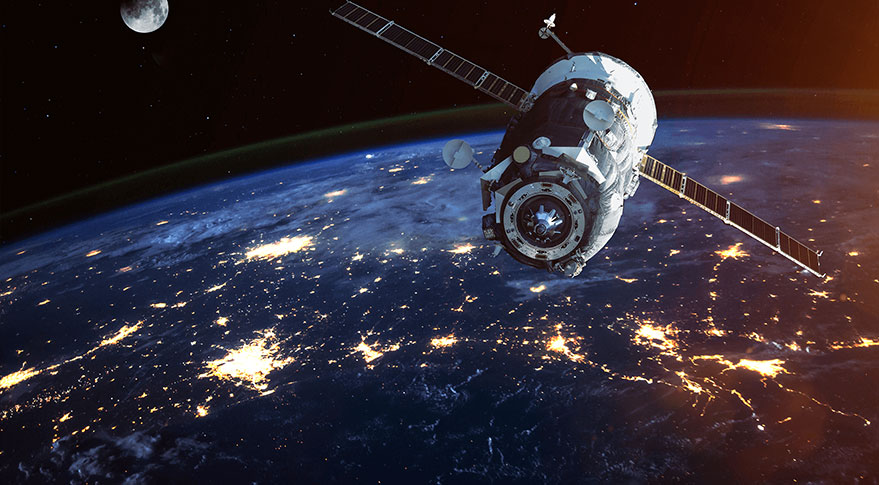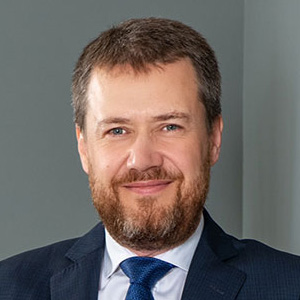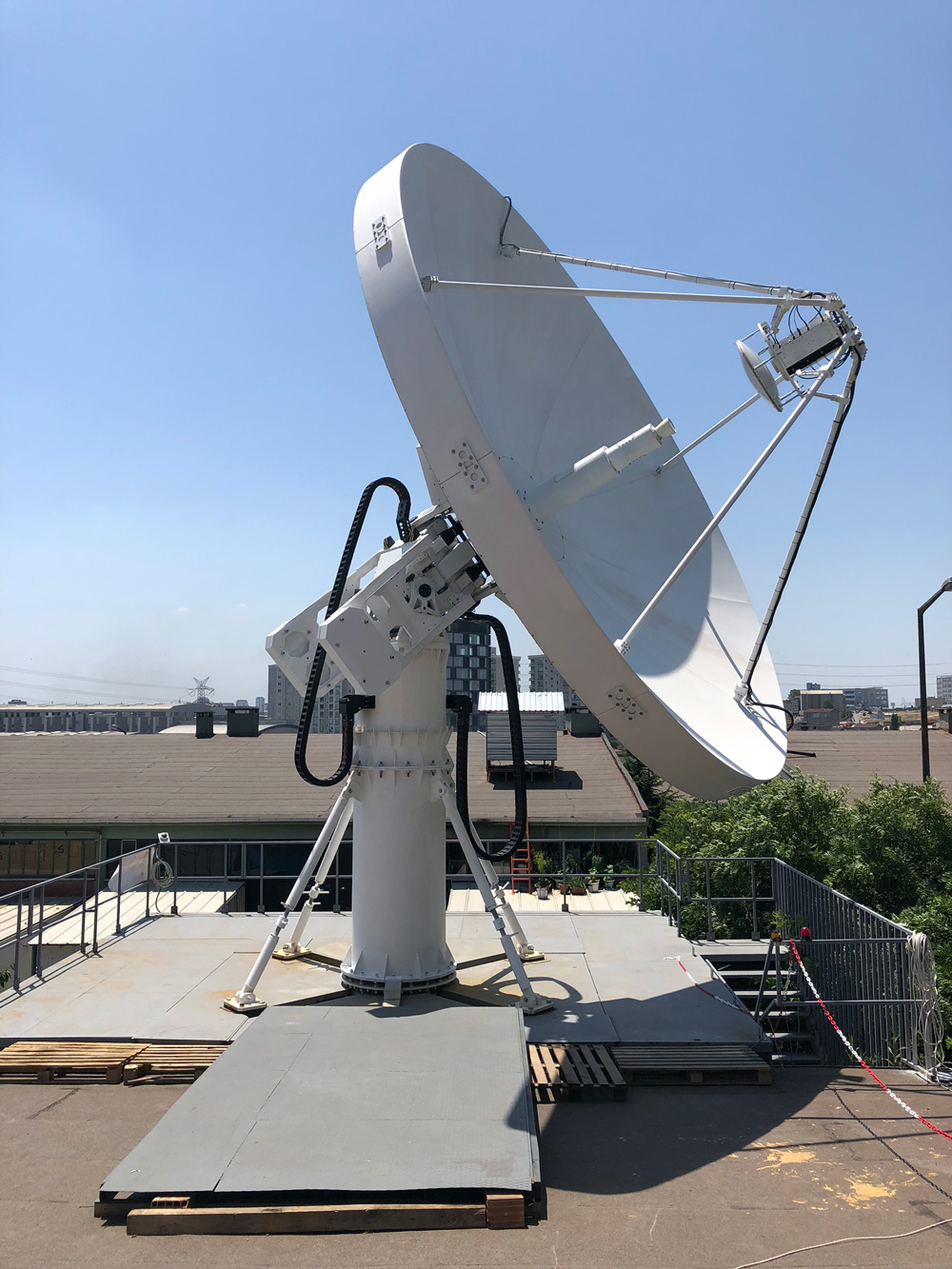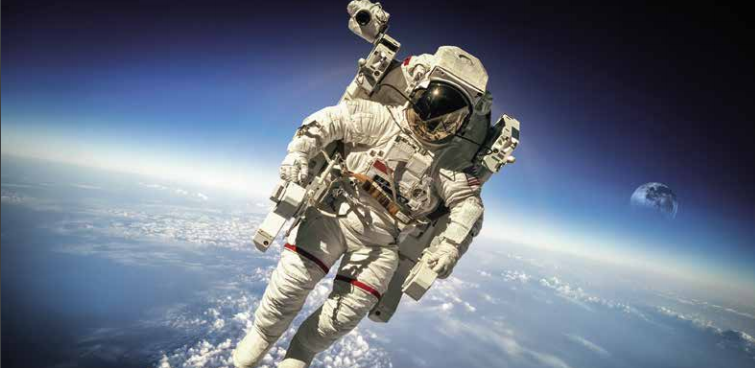The first space race was a competition between the US and the Soviet Union for national prestige and military advantage. The space race which started with the Soviet Union sending the first satellite into space in 1957 and the first human into space in 1961 and ended with the United States landing the first human on the Moon in 1969 was in a sense a war of capitalism against communism. Today, space exploration and work, known as the “New Space Race,” has reached a much more advanced level than the US and Soviet Union space race in the 1960s.
Needless to say, the geopolitical dynamic of the world is very different today. Nowadays, NASA is assigning space missions to private companies, and other countries, especially China, India, and Japan, are participating in the space race. New technologies increase the capabilities of launch vehicles and satellites while reducing their costs. This situation allows not only developed countries but also developing countries to enter a new sector without forcing their economies. Today, countries’ interest in space exploration focuses more on economic opportunities. Monitoring natural resources through ground observations, making agriculture and mining more efficient, minimizing losses in possible disasters by predicting atmospheric and environmental events are examples of these opportunities. One move ahead entails economic opportunities that space exploration can provide promising targets for many countries, such as the possibility of extracting rare elements from the Moon, Mars or nearby asteroids. The potential opportunities of the space economy motivate many countries to develop national space programs. In the last 10 years, the space agency was established in 13 countries, including Turkey. Space Agencies can operate in many different areas such as the launch sector, earth observation, communication satellites and deep space studies. The establishment of the Turkish Space Agency will coordinate space activities in our country and begin the development of the national space program. It is very important that a “space technology development zone” will be established to host national and foreign investors by carrying out studies in integration with the industrial cluster in the field of space and planning to develop effective and competent human resources in the field of space in Turkey.
use of small observational satellites, which offer innovative solutions to monitor and manage natural resources, develop sustainable urban and regional development initiatives, and facilitate the conservation of forests and valuable biodiversity habitats, is increasing its importance. On the other hand, we see that countries are making great efforts to close the “digital divide”, which refers to the gap between the regions that have access to modern information and communication technology and the regions that do not have access or have limited access. The biggest obstacle to reducing the digital divide that we typically encounter between cities and rural areas, between socioeconomic groups, or industrially more and less developed countries, is the very high initial investment cost of terrestrial networks.
Names of companies such as SpaceX (Starlink), Amazon (Project Kuiper), Oneweb, Telesat (Lightspeed) are frequently brought to the agenda with their investments in satellite services. Their common feature is that they aim to provide low-cost data connectivity and Internet access services to every corner of the earth by surrounding the world like a blanket with a large number of small satellites. Especially since 2019, hundreds of small satellites have begun to be placed in low earth orbit. This method, defined as mega constellations in literature, leads to a new space architecture. Simultaneously with all these developments in the space sector, equivalent developments should be achieved in the satellite ground station and end-user terminal technologies on the ground. Low earth orbits need to be tracked with mobile antenna systems, since they do not stand still with respect to a point on the ground like earth synchronous satellites. Just as observation satellites must download the data they collect from space to a satellite earth station, mega constellation satellites that provide broadband Internet service must also communicate with more than one gateway in different regions. As Profen, we realized that there is a serious deficiency in the global market in this field and added mobile antenna system development projects with carbon fiber reflectors of different diameters, capable of accurate satellite tracking, among our R&D activities. We have come a long way in the development of carbon fiber reflector antennas up to 4 m diameter with a movement system of ± 90 degrees for two axes. The development of an antenna control unit that can track satellites moving in accordance with Newton’s laws in order to stay in orbit with 0.1 degree precision is also included in this project. Thus, we will be able to produce and market the satellite ground station with X-Y pedestal type antenna motion system for satellite services serving as Ka-band in civil and military platforms. Again, we observed a shift in the industry from C to Ku and from Ku to Ka. The transition to Ka-band is expected to ease the pressure on current bandwidth demand. It is time to evaluate the potential lying in other bands that could help support the growing demand for applications that require high throughput in the future. Satellite operators plan to use very high frequencies to increase Mbps / MHz efficiency.
As a result of the studies, the aim is to have more bandwidth for Ka-band users and to reduce the number of ground stations by transferring the connections between ground stations and satellites to the Q/V band covering higher frequencies instead of Ka-band. All these developments are predicted to reduce the cost per bit. The work done initially for ground synchronous satellite ground stations will later become feasible for low and mid-altitude satellites. As Profen, we have implemented another R&D project for satellite earth stations and started the design studies of the antenna system that can provide communication in Q/V band with a diameter of 10M. We have been continuing our R&D activities for over ten years. Our R&D journey, which started with a small team in 2009, continues today with more than seventy research staff in our R&D Center located in Famas Plaza. With our work in this field, we aim to be a part of the satellite-space ecosystem and to become one of the few players in the global market with antenna systems we produce using national and local capabilities.




